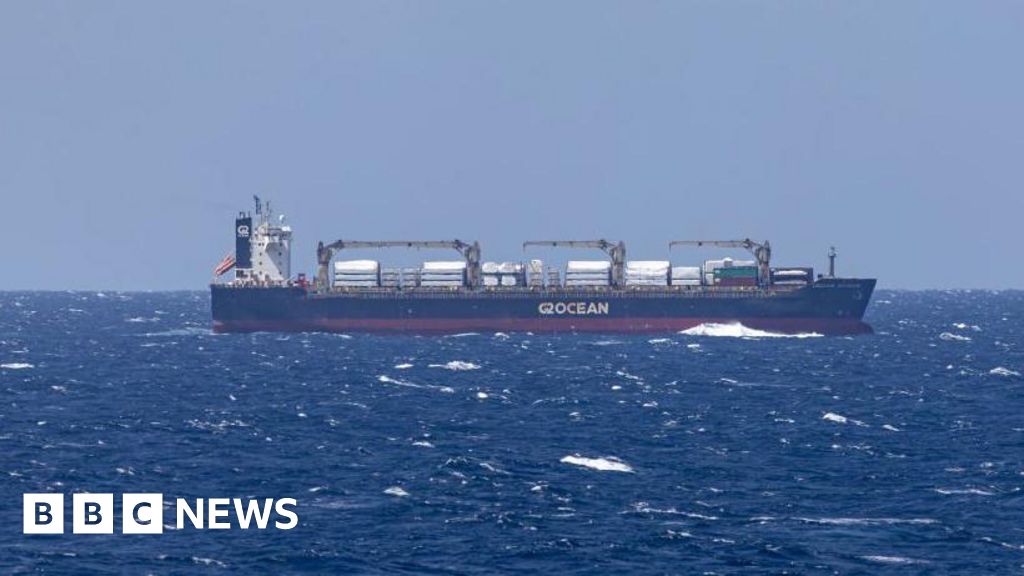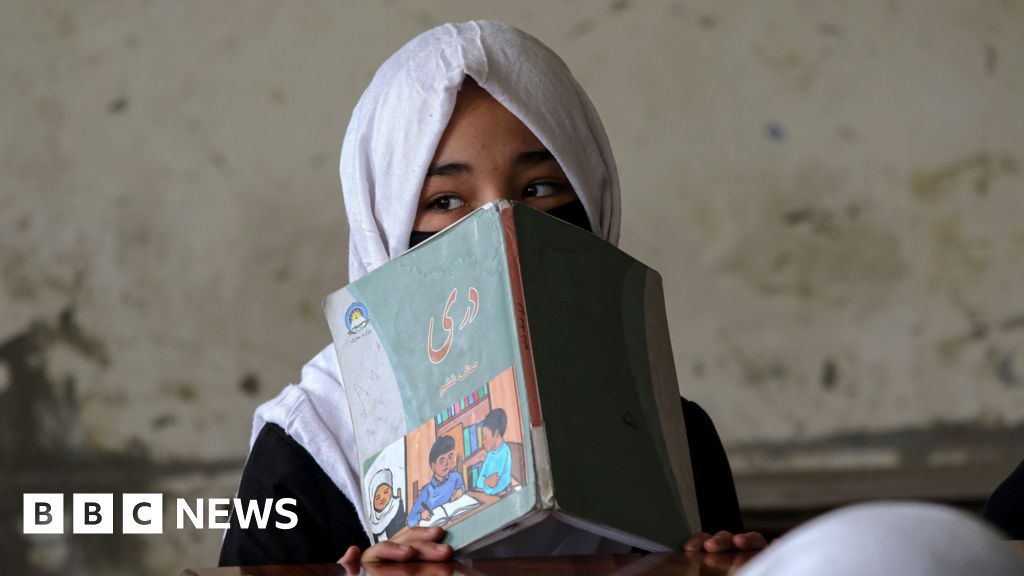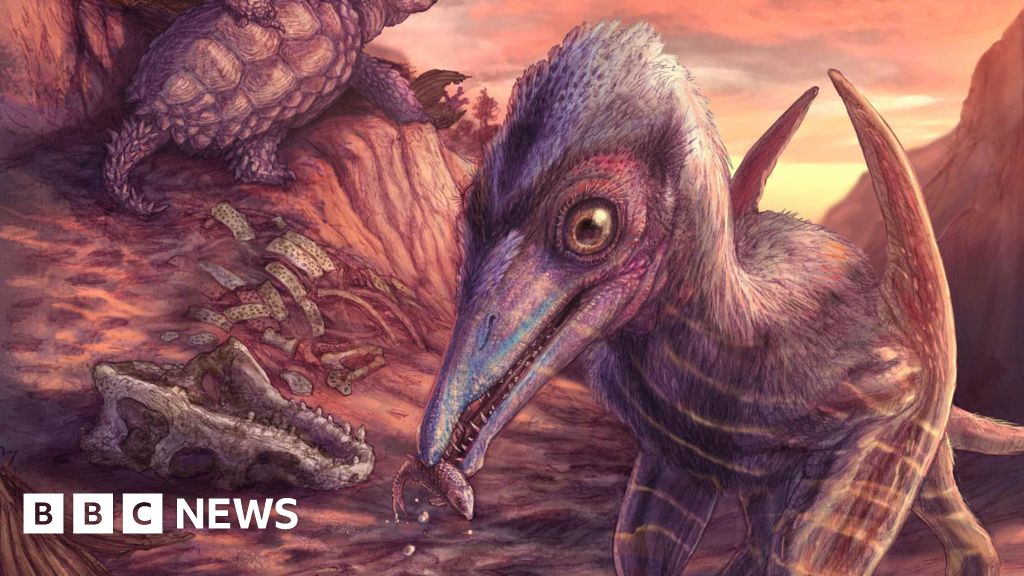A new study published in Agriculture, Ecosystems & Environment shows that pests such as the fall armyworm (Spodoptera frugiperda) and grubs (Holotrichia serrata) could have a significant impact on maize cultivation in Nigeria in the coming decades.
Researchers, including those from the Leibniz Center for Agricultural Landscape Research (ZALF), used agro-ecosystem modeling to comprehensively depict, for the first time, how pest risks evolve under different climatic conditions as well as providing economic estimation of yield losses.
The simulations, covering the period 2021 to 2100, are based on climate projections, the MONICA yield model, and environmental factors such as temperature and soil moisture. The results are the first spatial pest impact estimation in sub-Saharan Africa and provide a critical foundation for targeted management strategies and the development of early warning systems.
Maize is a key crop in Nigeria and essential for food security. The new spatial simulations show that pest-related crop losses could range from 18% to 75% in the coming decades—more severe than previously assumed. This translates into a loss of US$72–675 per hectare, a substantial burden for smallholder farmers in these regions who typically live at subsistence level and are uninsured.
“Our models show that pests such as the fall armyworm and grubs can have a greater impact on maize yields than direct impacts of climate change like droughts and floods itself,” explains Dr. Esther Shupel Ibrahim, lead author of the study. “This means that preventive measures and better monitoring are essential to ensure the sustainability of maize cultivation.”
Optimal sowing times also play a crucial role. The simulations show that early sowing increases losses, while mid- or late-season sowing reduces risks.
Data as the basis for early warning systems
The study not only provides new insights into the risks to maize cultivation, but also an opportunity: The data obtained can help improve early warning systems and provide targeted support to farmers.
Currently, many Nigerian farmers lack access to scientific forecasts on pest outbreaks and climate conditions, relying instead on traditional knowledge. The new simulations could provide better sowing recommendations and enable preventive pest management—previously difficult to implement.
The study introduces seven-day risk maps, a potential game changer for pest control. These maps use precipitation, temperature, and soil moisture data to predict pest outbreaks, allowing for more precise pesticide application and reducing unnecessary spraying. This can lower costs, minimize environmental damage, and promote ecological pest management.
To ensure farmers benefit from these findings, the information should be disseminated through agricultural extension services, government programs, and local agricultural organizations. Digital solutions such as SMS alert systems, agronomic apps or the Internet of Things could also help communicate real-time recommendations directly to farms. In the long term, adjusted sowing schedules, improved cultivation methods, and targeted monitoring could reduce yield losses and strengthen food security.
Addressing broader challenges in Nigerian agriculture
Farmers in Nigeria face multiple challenges, including climate change, population growth, conflicts, and the increasing spread of pests and diseases, all of which threaten food security. Many farmers work under difficult conditions, often managing crops on poor soils and in volatile climates.
In such environments, scientific tools are essential to help farmers integrate climate risk forecasting and pest control into their practices. Beyond Nigeria, these findings could also benefit other regions in sub-Saharan Africa with similar smallholder-dominated agricultural systems.
However, for these innovations to succeed, a shift in perception is needed. Many communities do not associate climate-related agricultural challenges with environmental factors. Raising awareness about climate change, its causes, and sustainable pest management, alongside improving access to early warning systems, could help bridge traditional knowledge with modern science and facilitate policy development for climate adaptation and food security in sub-Saharan Africa.
More information:
Esther Shupel Ibrahim et al, Simulating and mapping the risks and impact of fall army worm (Spodoptera frugiperda) and white grub (Holotrichia serrata) in maize production outlooks for Nigeria under climate change, Agriculture, Ecosystems & Environment (2025). DOI: 10.1016/j.agee.2025.109534
Provided by
Leibniz-Zentrum für Agrarlandschaftsforschung (ZALF) e.V.
Citation:
Maize cultivation in Nigeria: Better predicting pest and climate risks (2025, March 24)
retrieved 25 March 2025
from
This document is subject to copyright. Apart from any fair dealing for the purpose of private study or research, no
part may be reproduced without the written permission. The content is provided for information purposes only.


















